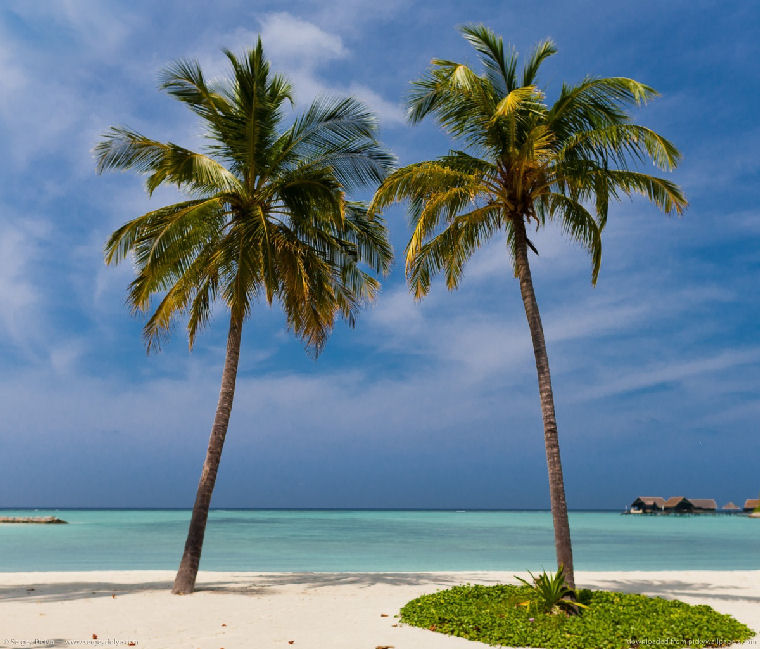Category Archives: HOW?
77.HOW MANY KINDS OF PALM TREES ARE THERE?
Most of us probably think of the palm tree as purely decorative. We have seen pictures of these stately trees lining the streets in certain cities, or growing near tropical beaches.
Actually, there are about four thousand different species of palm trees and they are among the most useful trees known to man. Their fruit, their stems, and their tender leaves provide food. Their leaves, branches, and trunks furnish strong wood, cane, thatch, and twine. Their bark and leaves are used in making rugs, paper, cloth, baskets, hats, and brushes. The nuts of the ivory palm are carved into buttons. The sap of some palms is made into sugar, or wine, or honey.
76.HOW MANY KINDS OF GRASSES ARE THERE?
If you go to the store and want to buy some grass seed, you’ll probably have a choice of a dozen kinds. That seems like quite a variety of grasses—but it doesn’t give you any idea at all of the true picture.
True grasses, as they are classified scientifically, include such things as corn, wheat, rye, barley, rice, and oats! As a matter of fact, there are actually about 4,500 kinds of grasses.
75.HOW IS RICE GROWN?

Did you know that about one-half of all the people in the world live almost entirely on a rice diet? Most of these people live in Asia, but rice is also important in the Western World.
There are thousands of varieties of rice, and they vary in many ways. Wild rice grows in the shallow water of lakes in northeastern Canada and in the United States. It is only distantly related to cultivated rice, the rice that most people eat. And there is hill, or upland, rice which can be grown on dry upland fields like other grains.
But most rice, called lowland rice, is grown on flat, alluvial soil, the soil that has been brought there by water. Such soil is usually found along the shores of lakes or the banks of rivers. The soil is not only moist, but can be flooded during the growth of the crop.
In growing rice, first the seed is broadcast (scattered) in specially prepared seed beds. Later, the plants are transferred into flat fields, surrounded by dikes, which are called paddies.
The fields are then flooded by letting in water from the canals or the river through gates in the walls which surround each field. The rice grower must keep at least 13 centimeters of water on fields during the growing season.
When weeding is necessary, the water is drained off and weeds are pulled by hand. Then just before the leaves turn from green to yellow, the fields are drained again for harvesting. So you can see that growing rice is a job that takes plenty of work.
Nobody knows where rice grew originally, but it is one of man’s oldest crops. The Chinese were growing rice more than 5,000 years ago! But rice may have originated along the shores of lakes in India, and spread from there to other countries. The first time rice was grown in Europe was in the fifteenth century in Italy.



